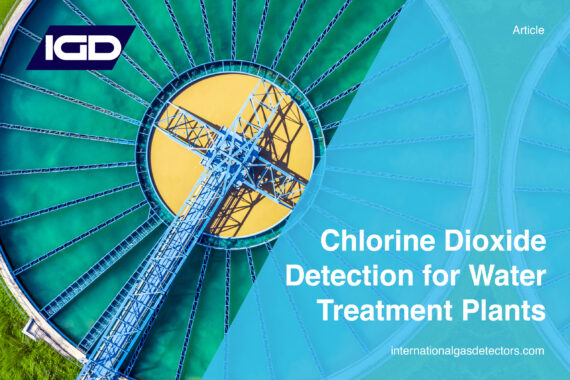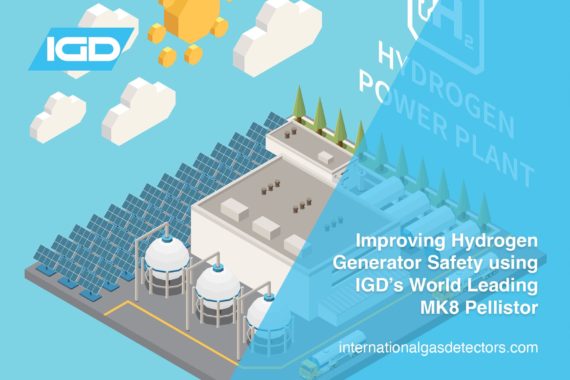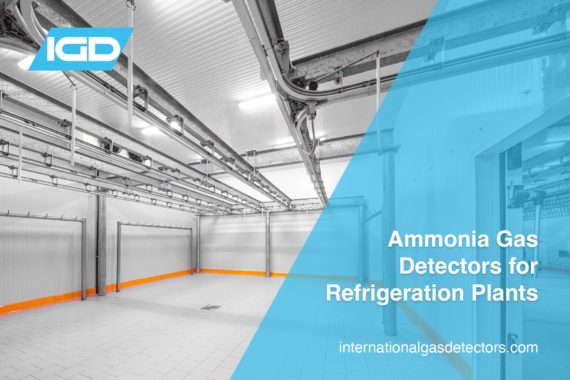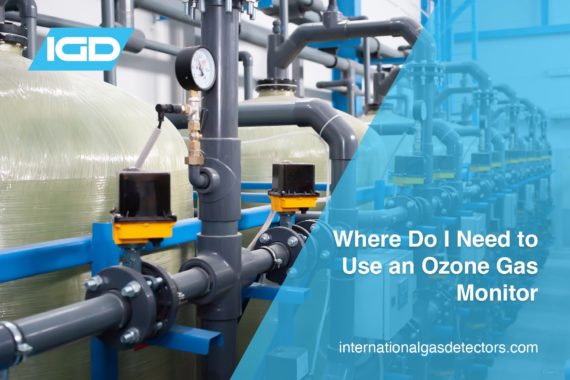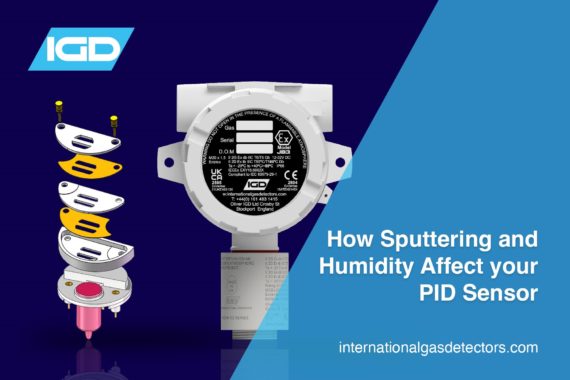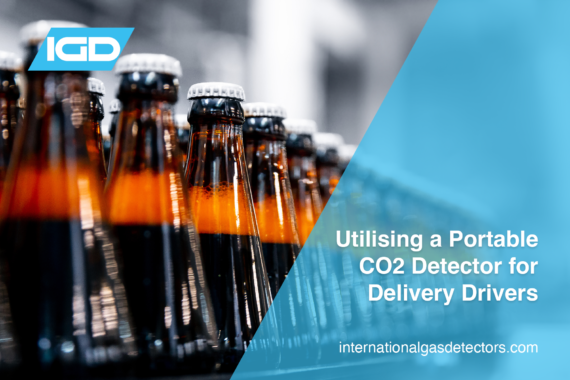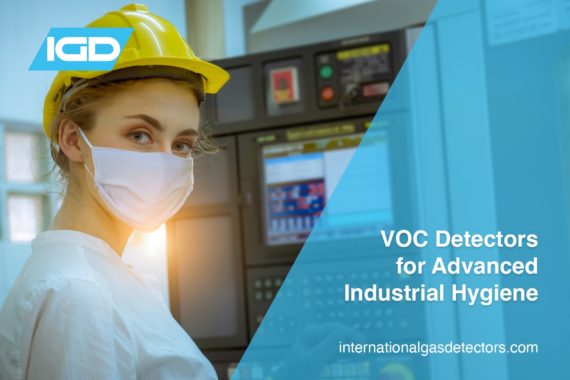Chlorine Dioxide is a popular water treatment solution in various industries. It has great disinfectant and oxidising qualities making it highly effective in water treatment. However, with this gas comes its dangers as it is highly toxic, making it a potential hazard for these industries. Implementing Chlorine Dioxide gas monitors are an efficient and effective way to mitigate these hazards. Do you use ClO2 in your industry? Do you know the hazards of this gas? Read on here to find out the answers to these questions.
Improving Hydrogen Generator Safety Using IGD’s World-Leading MK8 Pellistor
With hydrogen applications on the rise, hydrogen generator safety is now a more important consideration than ever before. Though the future of the hydrogen economy is uncertain, it is clear that ensuring future hydrogen boiler and hydrogen generator safety will depend on the widespread implementation of reliable gas detectors. IGD’s MK8 pellistor detector is the ideal flammable gas detector to ensure hydrogen generator safety, offering a long service life alongside unparalleled stability and poison resistance.
Ammmonia Gas Detectors for Refrigeration Plants
Large-scale refrigeration systems are an integral part of many industries, such as cold storage, petrochemical refining, and food processing. In such applications, Ammonia is the most common choice of refrigerant due to its effective physical properties and low freezing point, making it perfect for refrigeration uses. As ammonia is extremely dangerous to life and health at a concentration of 25ppm (8hrs) and 35ppm (15 minutes), it is critical for ammonia gas detectors to be used in such applications to maintain the safety of the plant and those in the vicinity.
10 Key Use Cases of the MGT Multi-Gas Detector
The SENKO MGT is one of our most popular multi gas detectors, capable of measuring concentrations of hydrogen sulphide 0-100ppm, oxygen, carbon monoxide and flammable gases. In this blog post, we’re looking at 10 critical use-cases of the MGT multi gas detector.
Where Do I Need to Use an Ozone Gas Monitor?
Ozone (O3) is classically used as an oxidant and disinfectant in a lot of industries, although has a variety of other uses elsewhere. Thus, although a unique gas, it can be found in a wide range of industries. And with Ozone being a highly toxic gas, it is important to utilise an Ozone gas monitor wherever possible. If you are unsure whether Ozone is present in your industry or you are just curious as to where Ozone is present, read the article below. We discuss all of the above and our detectably better Ozone gas monitor solutions to help in preventing Ozone poisoning.
The 5 Most Common Industry Applications for the NEO PID
The NEO PID is the most advanced portable gas detector on the global market and is used to monitor volatile organic compounds (VOCs). The sensor can monitor over 700 VOC gas species and reliably detect down to parts per billion levels (ppb) and up to 15,000 parts per million (ppm). This blog post will explore five industry applications in which the NEO PID can be used and the benefits it provides.
How Sputtering and Humidity Affects your PID Sensor
As a lot of our readers may have seen in our PID and VOC articles, we frequently mention the terms ‘sputtering’ and ‘humidity’ and their effects on a PID sensor. But what does sputtering mean? And how exactly do these have a negative effect on the performance of a PID? This article aims to answer these questions, detailing these issues and how IGD has managed to negate them from our PID sensors.
Utilising a Portable CO2 Detector for Delivery Drivers and Pub Engineers
Typically, people may think that a portable CO2 detector will only need to be utilised in drink creation and bottling. However, CO2 can be present throughout the process, from creation all the way to the shop front or pub. Thus, it is vital to implement a portable CO2 detector wherever it is present to prevent exposure to this hazardous gas. 2 very at risk yet sometimes not considered teams can include pub engineers and drinks delivery drivers. But how at risk really are these 2 teams? Well, this article aims to tackle this question. We will discuss where these teams may come into contact with CO2 and how essential it is for them to have a portable CO2 detector to prevent exposure.
Using PID Portables for Military Applications
Gas detection is provided in two formats: portable (such as the PID portable) and fixed. Understanding gas risks often requires a combination of the two, but there are applications in which only one will do. IGD’s multi-gas and PID portable is well suited for aspects of military applications which will be outlined in this article.
VOC Detectors for Advanced Industrial Hygiene
Volatile organic compounds (VOCs) are very widely used in industry and represent a significant hazard to human health. In this blog post, we take a look at what VOCs are, their role in industry, and the importance of VOC detectors for maintaining industrial hygiene.

